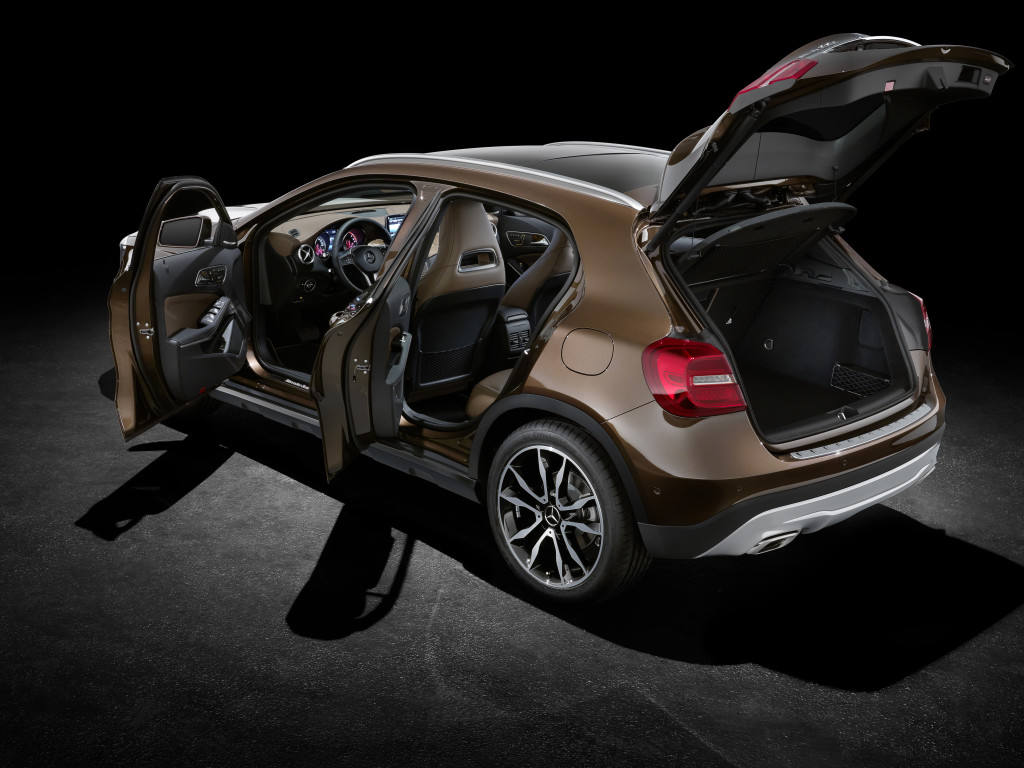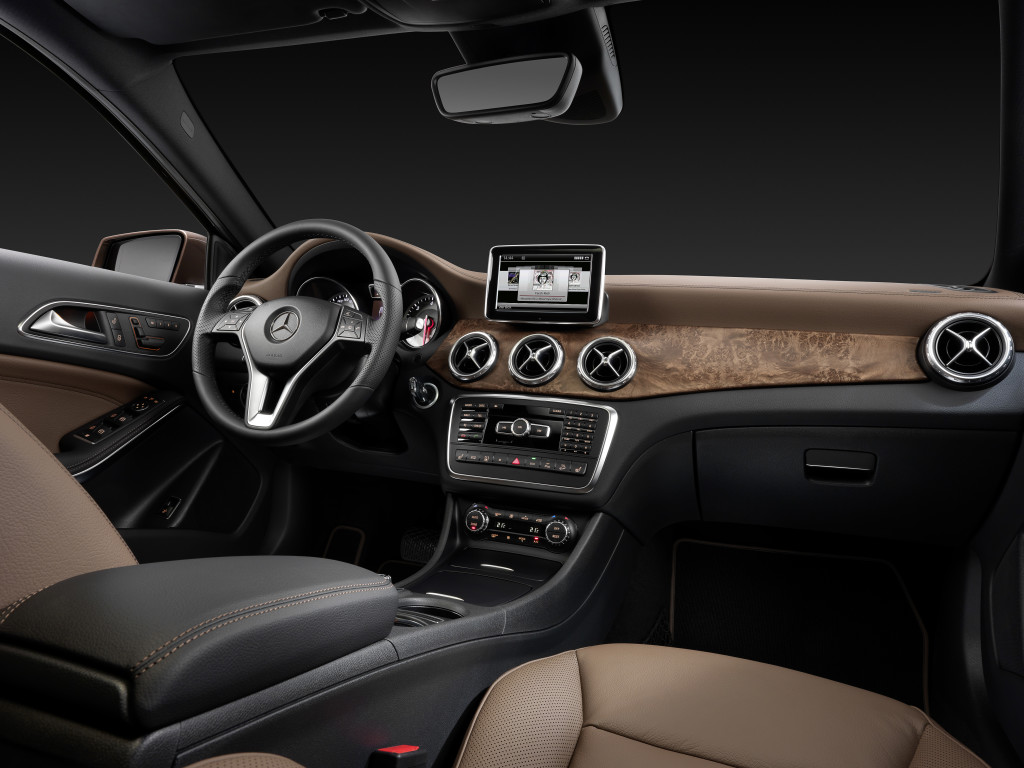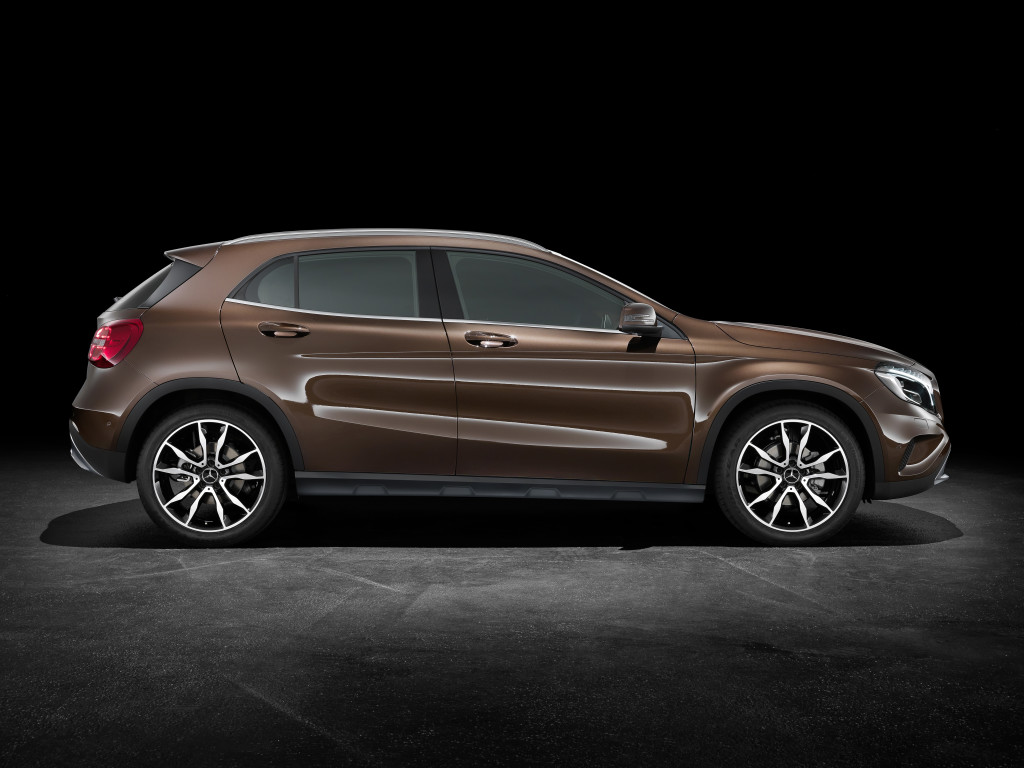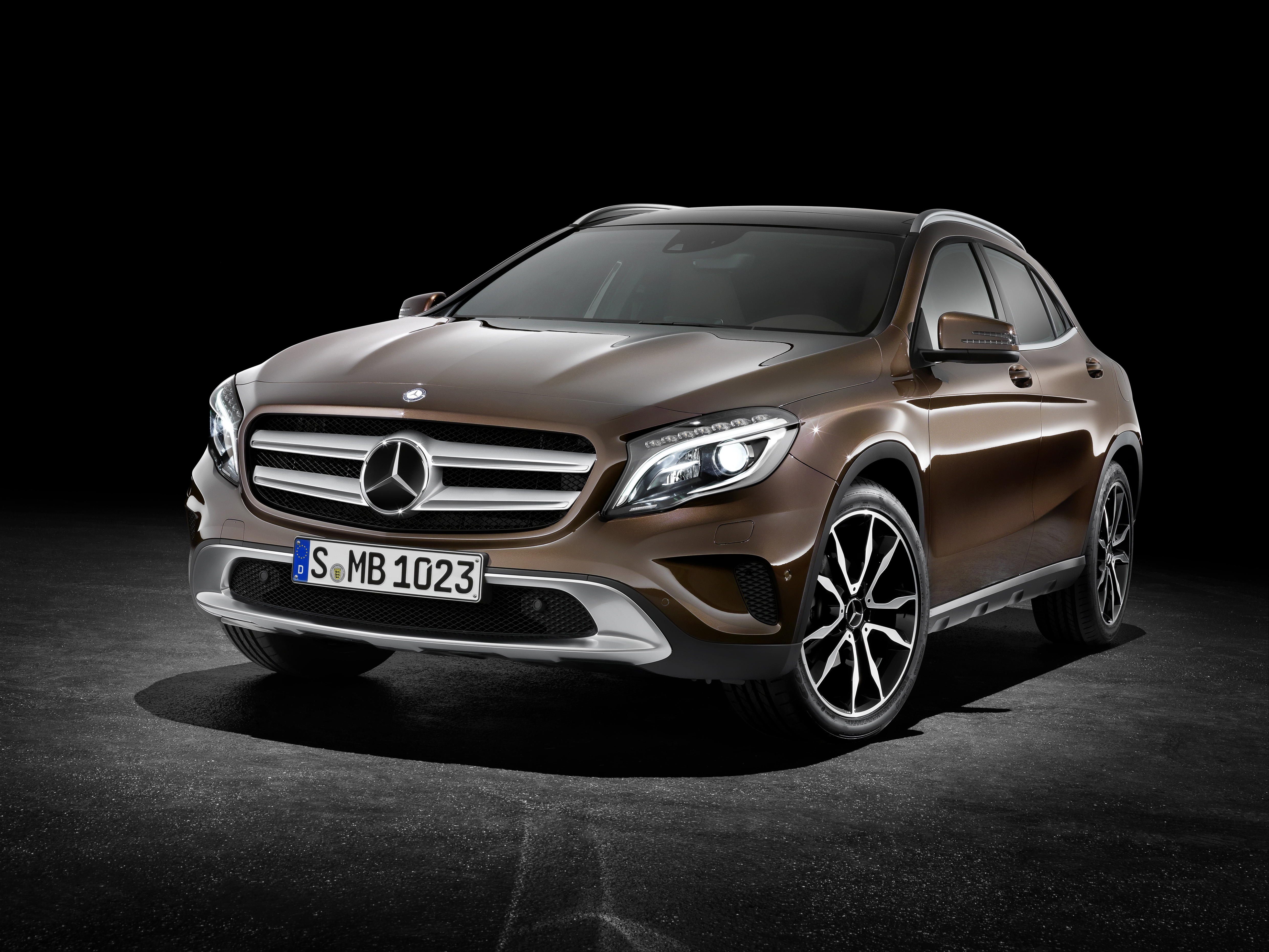UNITED STATES—Competing in a high-volume, budget conscious segment has never been an easy proposition for a premium brand. Let’s face it, when you are used to building the finest vehicles money can buy, trivial things like “profit margins” seem to take care of themselves. All you have to do is build the best car, pass the cost on to the target market (people with more money under their couch cushions than most people have in home equity) and just sit back and enjoy the ride. Well, when the target market has shrunk considerably over the last decade, you are forced to consider other markets. Those markets that are now vast and continuing to grow include the compact crossover segment. Mercedes-Benz has learned some lessons from past experiences about competing for budget conscience drivers.
The Stuttgart-based carmaker’s first attempt at a compact sedan achieved mixed results. On one hand, the 190e (w201 chassis) was an engineering tour-de-force, showcasing what could be done when money was no object. Mercedes filed countless patents for things like a newly developed 5-link rear suspension, an articulating “monoblade” windshield wiper, etc. The cost of development was close to $1 billion (depending on the source). Unfortunately, consumers in this segment did not share Mercedes-Benz’s motto, “The Best or Nothing”. These consumers were concerned with things like “value”, reliability, and cost of maintenance. The 190e was just too intimidating for many consumers who decided a simpler vehicle that wasn’t quite as prestigious and maybe a bit less serious (in a “there is less that can go wrong with this car” kind of way), such as an e30 BMW 3 series, was a better buy.

Fast forward to the present, and we have a whole new ballgame. The number of luxury carmakers on the playing field has multiplied since the decade of decadence (the 1980s) that gave birth to the 190e. Most of these companies are subsidiaries of mainstream carmakers, which gives them some experience to draw upon when building a car to a budget. Things like platform sharing, brand engineering, and other clever marketing tricks have enabled brands like Lexus, Infiniti, and Acura to build cars that appeal to most luxury car buyers’ concepts of what luxury “is.” Mercedes-Benz now has to find a way to beat these companies at their own game. Enter the GLA250. With it, the German luxury carmaker looks to prove that you can still build the “best” on a budget.

A decade ago, Mercedes-Benz would have scoffed at the idea of creating a front-wheel drive power train. Today, the German company sees things differently. 2014 saw Mercedes introduced its first front-wheel drive offering, the CLA. It is upon the CLA’s chassis the GLA will be based. So we have simpler yet still sophisticated power trains & platform sharing. Not a bad first step. What’s next? The spec sheet doesn’t indicate anything that would require the Mercedes-Benz legal department to visit the patent office. That is a good thing. Upon further investigation, it is clear that MB has prioritized emotional appeal and overall design rather than engineering complexity.
“With its striking features, the GLA embodies our progressive thinking and enthralls with its off-road proportions,” notes Gorden Wagener, Vice President Design at Daimler AG. “The clearly defined surfaces convey power and serenity, and we have managed to combine as much emotional appeal as possible with as much clarity as necessary.”

Then again, the GLA’s daytime running lights feature LED powered by “tri-functional fiber-optics” to quote one press release. That sounds a bit complex. And it seems the engineers couldn’t help themselves when they included a power steering system with assist features that include, among other things, a counter steer function to combat torque steer (a common drawback to front-wheel-drive vehicles). But, let’s cut Mercedes-Benz some slack. It’s never a good idea to quick “cold turkey”, even when it comes to cutting costs. The important question is, “will the GLA be competitively priced within the segment?”
Let’s look at some of its competitors: The BMW X1, The Audi Q3, and the Lexus NX. Surprisingly, it is the Lexus that sets the base price ceiling at $34,480. The Audi starts at $32,500 with the Benz and Bimmer neck and neck at $31,300 & $31,200 respectively. Suffice it to say, Mercedes-Benz is well positioned to garner serious consideration from those buyers seeking value. While not much more can be determined before the upcoming long-term road test, the initial impression of the latest Mercedes-Benz crossover is promising. Check back in a week or two for driving impressions. Until then, please post questions & comments below or email Kyle at kyle@thesfnews.com.




